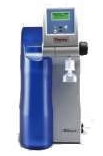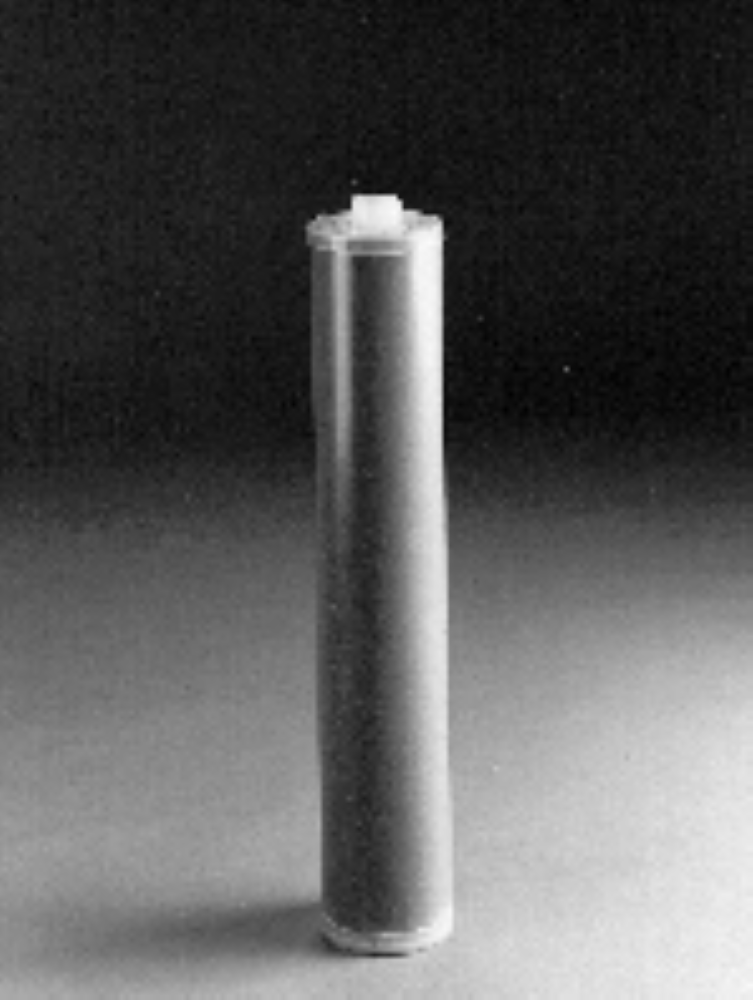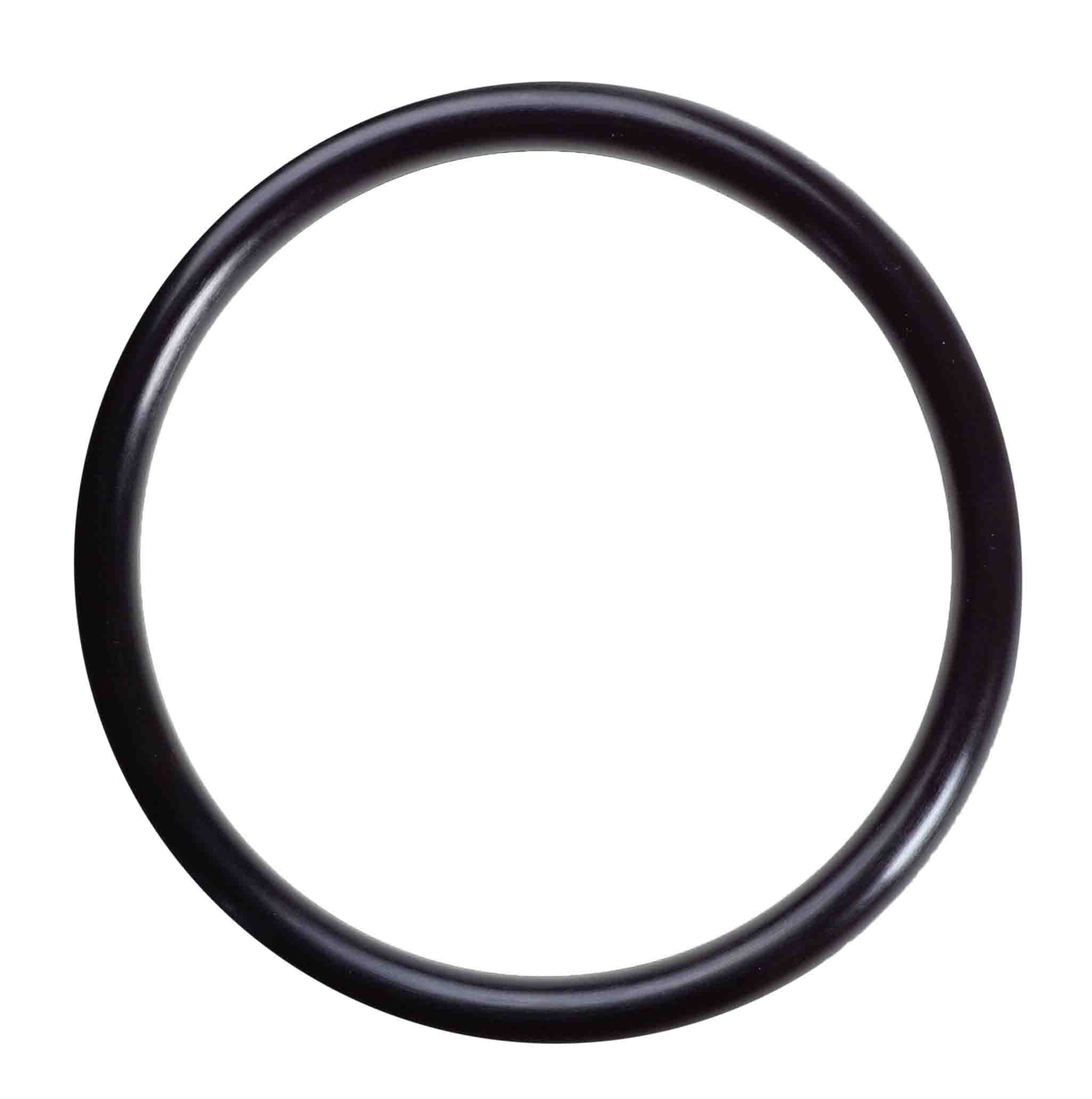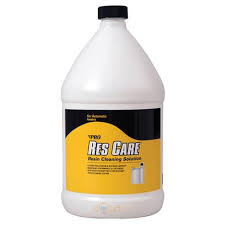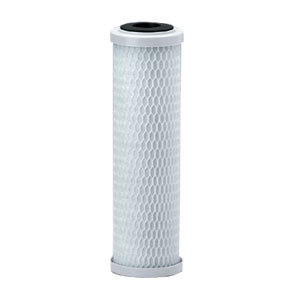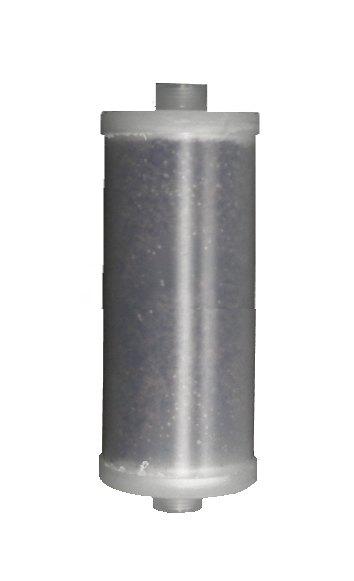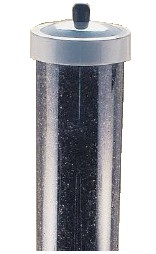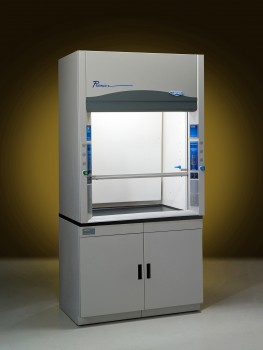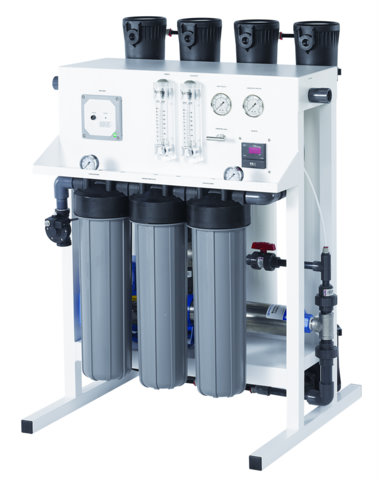|
Celebrating 34 years providing high quality products and advice.
|
| Our Local Time Is 8:18:53 AM. |
| Call us at 818-786-0600. We are here to help! |
About Ultraviolet UV Light and Drinking Water Quality Confidence
Clean, safe water has been increasingly challenged over the past decade. Ten years ago, how many of us had heard of E. coli, Cryptosporidium or Giardia? Today, these waterborne bacteria and parasites are almost as well known as polio, typhoid, and cholera were to a past generation. High-profile, waterborne disease outbreaks in Canada and the United States have made us all aware that water contaminated with microorganisms can cause serious illness and death.
The challenges with contaminated water are generally seen as a Third World problem, there is mounting evidence that most industrialized countries have not properly managed their water resources and, as a result, are now facing serious challenges as well. Important aquifers in many parts of the world are at critically low levels because of overuse.
Farming and industrial activities are contaminating water resources throughout North America and Europe. Harmful chemicals such as pesticides, NMDA and 2-4 dioxane have entered our water supplies. The European Environmental Agency (EEA) estimates that some 200,000 square kilometres of European territory may be seriously polluted in 50 years if no remedial action is taken.
This is a staggering problem since 65 per cent of public drinking water in Europe is drawn from groundwater. Confidence in our ability to protect our water has been further eroded by questions about the effectiveness and safety of traditional chlorine water treatment. Evidence of chlorine-resistant pathogens, and concerns about cancer-causing disinfection by-products resulting from chlorine treatment, have led to new EPA guidelines requiring municipalities in the U.S. to reduce or eliminate their use of chlorine. The UV Solution As governments and regulators around the world move to protect their water, those responsible for its treatment and delivery are looking for solutions. The answer lies in ultraviolet light.
UV technology is a proven, cost-efficient, and highly effective way to destroy microorganisms and micropollutants. Increasingly, municipalities and plant operators are turning to UV to ensure the safety and quality of their water - to regain confidence in these supplies. The case for UV A tested and established technology, UV water disinfection has earned the confidence of thousands of municipalities in North America and Europe as a highly effective way to disinfect drinking water, wastewater, and water for industrial processes. Over 2,000 municipal groundwater and surface drinking water installations in Europe, and 1,000 groundwater installations in the United States, rely on UV disinfection. Backed by 60 years of operating experience and sound research, UV is rapidly becoming the technology of choice for wastewater treatment and a critical component of multi-barrier drinking water treatment systems.
So what is UV?
Each time we go outside, we are exposed to ultraviolet (UV) light. Invisible to the eye, you can't see it, but you certainly can feel its burning effects on your skin if you stay out in the sun too long without proper protection. In water treatment applications, specialized lamps are used to produce UV light. As water rushes by these lamps, microorganisms in the water are exposed to a lethal dose of UV energy which destroys their ability to function and reproduce. The process is simple and 99.99 percent effective.
The advantages and benefits of UV are numerous. For example, UV technology: · is EPA-endorsed · destroys bacteria (E. coli), viruses (hepatitis and polio), and virtually all other water-borne pathogens · destroys Giardia and Cryptosporidium which are resistant to chlorine · eliminates harmful micropollutants (such as herbicides and pesticides) · is safe to handle · works at least 20 times faster than chlorine · is environmentally friendly -- no toxic chemicals, no chlorine leaks · produces no known disinfection by-products, unlike chlorine · is more cost-effective than chlorine systems UV. It all adds up to water confidence.
from trojanuv.com
|
Images are representative of the products. Images may or may not be of the actual product. If it is important e-mail us for an actual image if available.
* Flat Rate UPS shipping when able to ship via UPS and is in the USA excluding Hawaii and Alaska.
Larger Items may not be able to ship via UPS, in that case freight charges will be quoted seperately.
International shipping will be quoted after the order is placed. You will have the opportunity to cancel before we finalize your order.
Terms and conditions
Credit Application
Privacy
Policy
List All Products
|

